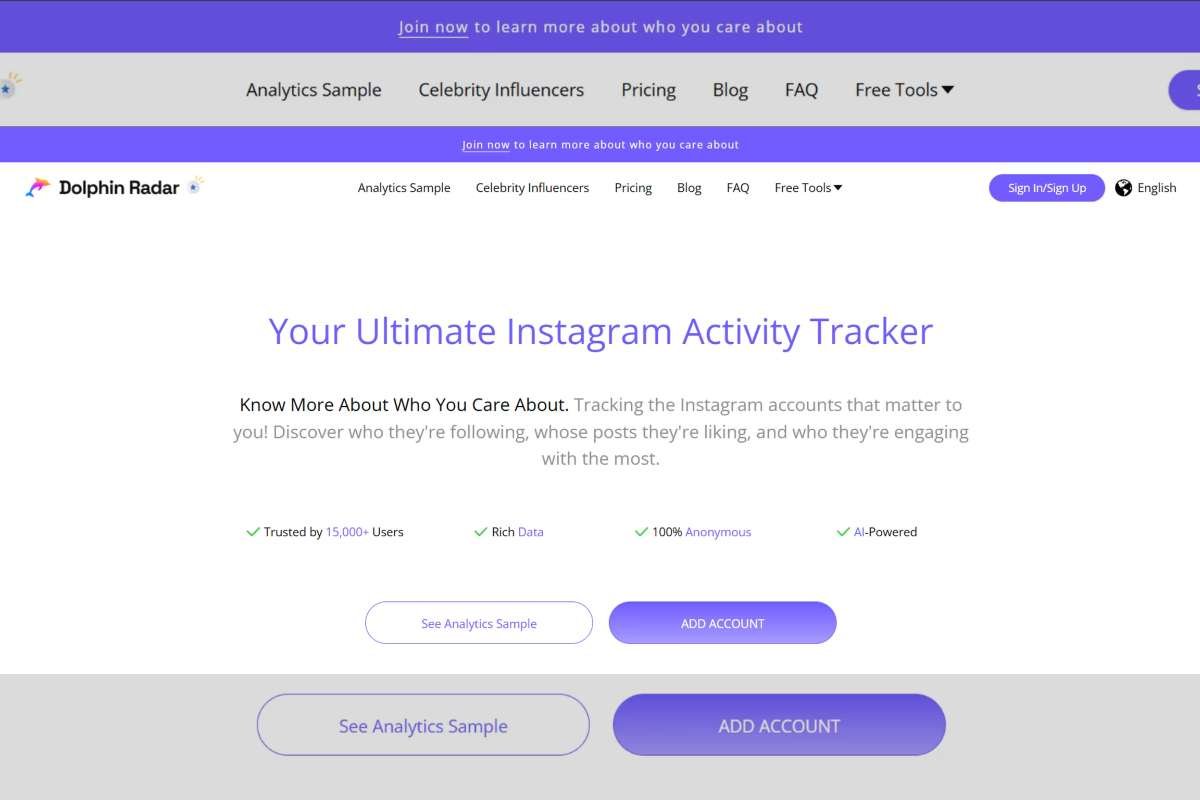In a crowded exhibition hall, attention is the most valuable currency. Studies by the Center for Exhibition Industry Research show that visitors decide within eight seconds whether to engage with a booth or walk away. Those seconds can make or break your investment. How can a business turn fleeting curiosity into a lasting connection? The answer lies not just in design, but in creating an immersive, coherent story that transforms a simple appearance into a full-scale trade show brand experience.
Eight effective tips to improve trade show brand experience:
1. Turning Physical Spaces into Strategic Touchpoints

Every square meter of an event presence carries a marketing cost, so every element should work toward a clear strategic goal. This means aligning visuals, technology, and human interaction to deliver one unified message. For companies looking to reduce setup times and increase adaptability, solutions like modular event structures provide a way to reconfigure layouts between shows without sacrificing impact. This flexibility lets brands tailor their physical footprint to the specific audience and venue, ensuring maximum relevance.
2. Designing for Emotional Engagement
A trade show brand experience must connect on an emotional level to be memorable. Incorporating sensory triggers—such as targeted scents, tailored music, or interactive product demos—anchors the brand in a visitor’s memory far more effectively than static displays. Research from EventTrack (2024) found that 74% of consumers say engaging with branded event experiences makes them more likely to buy the product being promoted. Integrating these cues into a well-choreographed journey through the space turns a temporary structure into a lasting impression.
3. Integrating Digital Layers for Deeper Interaction
In-person engagement is powerful, but digital layers can amplify and extend the impact. Embedding QR codes that lead to exclusive content, deploying augmented reality product demos, or using live polling during presentations gives visitors an active role. Each interaction generates data, helping marketing teams segment and personalize follow-up campaigns. The key is to make digital touchpoints feel like a natural extension of the physical event, not an afterthought.
4. Leveraging Data to Refine Strategy
Analytics from digital engagement reveal which elements resonated most with the audience. This insight allows for quick adjustments in messaging or layout for future events. A booth that underperformed in one city can be reconfigured before the next, optimizing ROI. According to Bizzabo’s 2025 Event Marketing Report, companies using real-time event analytics improved lead conversion rates by an average of 21%. When paired with adaptable event structures, these insights create a feedback loop that sharpens brand performance over time.
5. Crafting Multi-Sensory Storytelling

Storytelling in event marketing is not limited to words. Every design choice—from lighting temperature to flooring texture—communicates brand values. For luxury brands, this might mean using plush fabrics, curated scents, and subdued lighting to convey exclusivity. For tech startups, it could involve bright LED walls, interactive displays, and open, collaborative spaces that signal innovation. The narrative is reinforced by the way staff interact with visitors, ensuring verbal communication matches the visual and tactile environment, creating a seamless and memorable trade show brand experience that lingers well beyond the event itself.
6. Training Teams for Consistency
Even the most stunning booth design can fall short if staff are not equipped to deliver the intended trade show brand experience. Pre-event preparation should address not only product knowledge but also tone, body language, and customer engagement techniques. Consistency in communication helps build rapport and can encourage visitors to spend more time exploring. A survey by Freeman (2024) reported that a large majority of attendees felt positive staff interaction improved their perception of a brand. Well-briefed teams contribute actively to the overall storytelling, helping visitors feel welcomed and engaged.
7. Investing in Professional Displays
The quality of your display can impact how professional your company looks – not to mention having an effect on whether you stand out or not. Make sure that you’re investing in professional banners and table cloths. Using your logo and brand colors will help people to remember your brand and will make you appear more established. You may also be able to incorporate images, informational text and QR codes into these displays.
8. Building Post-Event Momentum
The close of an event is the start of a new marketing phase. Timely follow-up, using insights from visitor interactions, turns casual interest into qualified leads. Personalized emails referencing specific conversations, shared challenges, or demos create a sense of continuity between the event and the next stage of engagement.

This is where the data collected onsite becomes invaluable, guiding future campaigns with precision. Repurposing event content for social media, webinars, blog posts, or exclusive customer newsletters keeps the brand top-of-mind long after the booth has been dismantled.
Strategic partnerships with specialized providers like Spantech ensure that the physical environment remains as adaptable, visually striking, and impactful as the marketing that surrounds it. By aligning booth design, immersive technology, and a robust post-event strategy, companies can transform every public appearance into a measurable growth opportunity with long-term benefits for brand awareness, customer loyalty, and revenue.


















